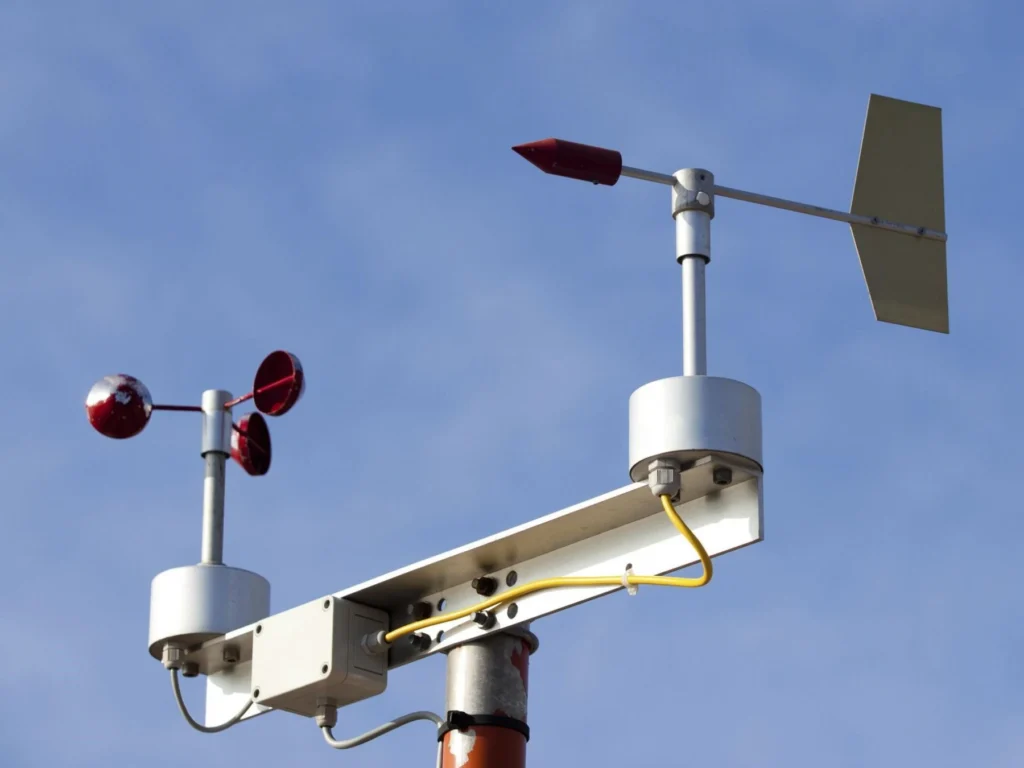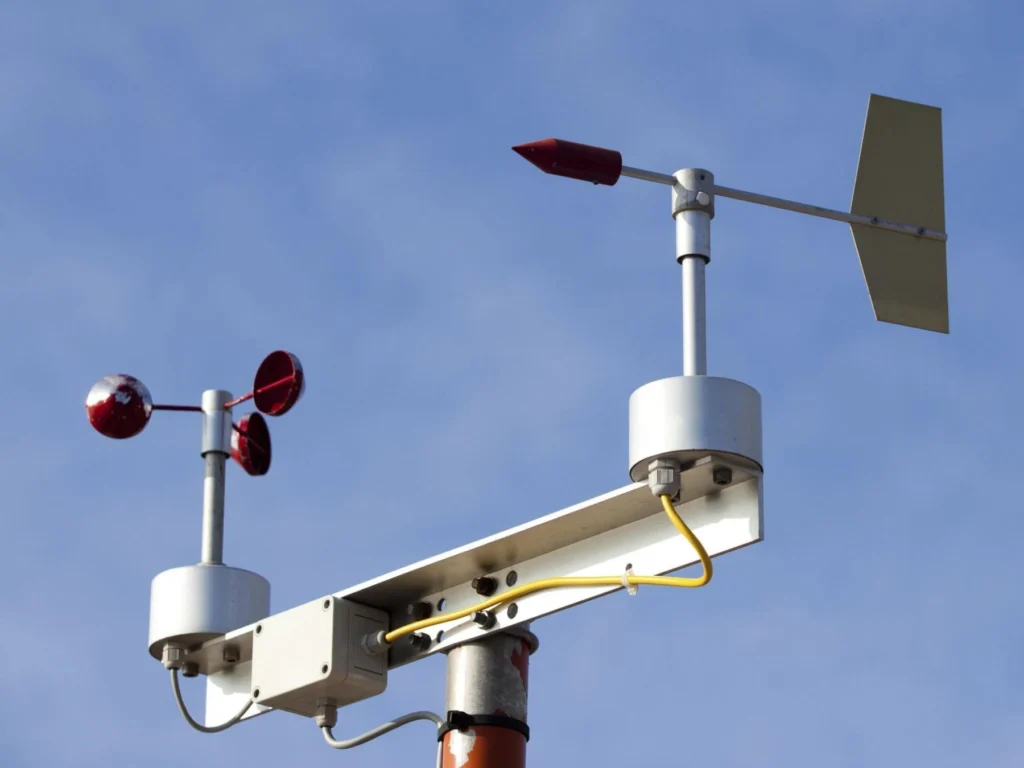
# Wind Speed Measurement Instrument: An Essential Tool for Accurate Weather Monitoring
Wind speed is a critical parameter in weather monitoring, environmental studies, and various industrial applications. Accurate measurement of wind speed is essential for predicting weather patterns, assessing wind energy potential, and ensuring safety in aviation and maritime operations. To achieve this, specialized instruments known as anemometers are used. These devices are designed to measure wind speed with precision and reliability.
## What is an Anemometer?
An anemometer is a device used to measure the speed of wind. It is one of the most common instruments in meteorology and is widely used in weather stations, research facilities, and even in personal weather monitoring setups. The term “anemometer” is derived from the Greek word “anemos,” meaning wind, and “metron,” meaning measure.
### Types of Anemometers
There are several types of anemometers, each with its own method of measuring wind speed:
– **Cup Anemometer**: This is the most traditional type, consisting of three or four cups mounted on horizontal arms. As the wind blows, the cups rotate, and the speed of rotation is proportional to the wind speed.
– **Vane Anemometer**: Also known as a windmill anemometer, this type uses a propeller or a set of blades that rotate in response to the wind. The rotation speed is measured to determine wind speed.
– **Hot-Wire Anemometer**: This type uses a heated wire that cools down as the wind passes over it. The rate of cooling is used to calculate the wind speed.
– **Ultrasonic Anemometer**: This advanced type uses ultrasonic sound waves to measure wind speed. It is highly accurate and is often used in research and industrial applications.
## Importance of Accurate Wind Speed Measurement
Accurate wind speed measurement is crucial for several reasons:
– **Weather Forecasting**: Meteorologists rely on precise wind speed data to predict weather patterns and issue warnings for severe weather events such as hurricanes and tornadoes.
– **Wind Energy**: In the renewable energy sector, accurate wind speed measurements are essential for assessing the potential of wind farms and optimizing the performance of wind turbines.
– **Aviation and Maritime Safety**: Pilots and ship captains depend on accurate wind speed data to ensure safe navigation and avoid hazardous conditions.
– **Environmental Studies**: Researchers use wind speed data to study air pollution dispersion, climate change, and other environmental phenomena.
## Choosing the Right Anemometer
When selecting an anemometer, it is important to consider the specific application and the required accuracy. Factors to consider include:
– **Measurement Range**: Ensure the anemometer can measure the expected range of wind speeds.
– **Accuracy**: Look for an anemometer with high accuracy, especially for critical applications like aviation and weather forecasting.
– **Durability**: Choose a device that can withstand harsh environmental conditions, especially if it will be used outdoors.
– **Ease of Use**: Consider the ease of installation, operation, and maintenance.
## Conclusion
Wind speed measurement instruments, particularly anemometers, are indispensable tools for accurate weather monitoring and various other applications. By understanding the different types of anemometers and their uses, you can select the right instrument to meet your specific needs. Whether for weather forecasting, wind energy assessment, or ensuring safety in aviation and maritime operations, accurate wind speed measurement is essential for making informed decisions and maintaining safety.
Keyword: instrument to measure wind speed
